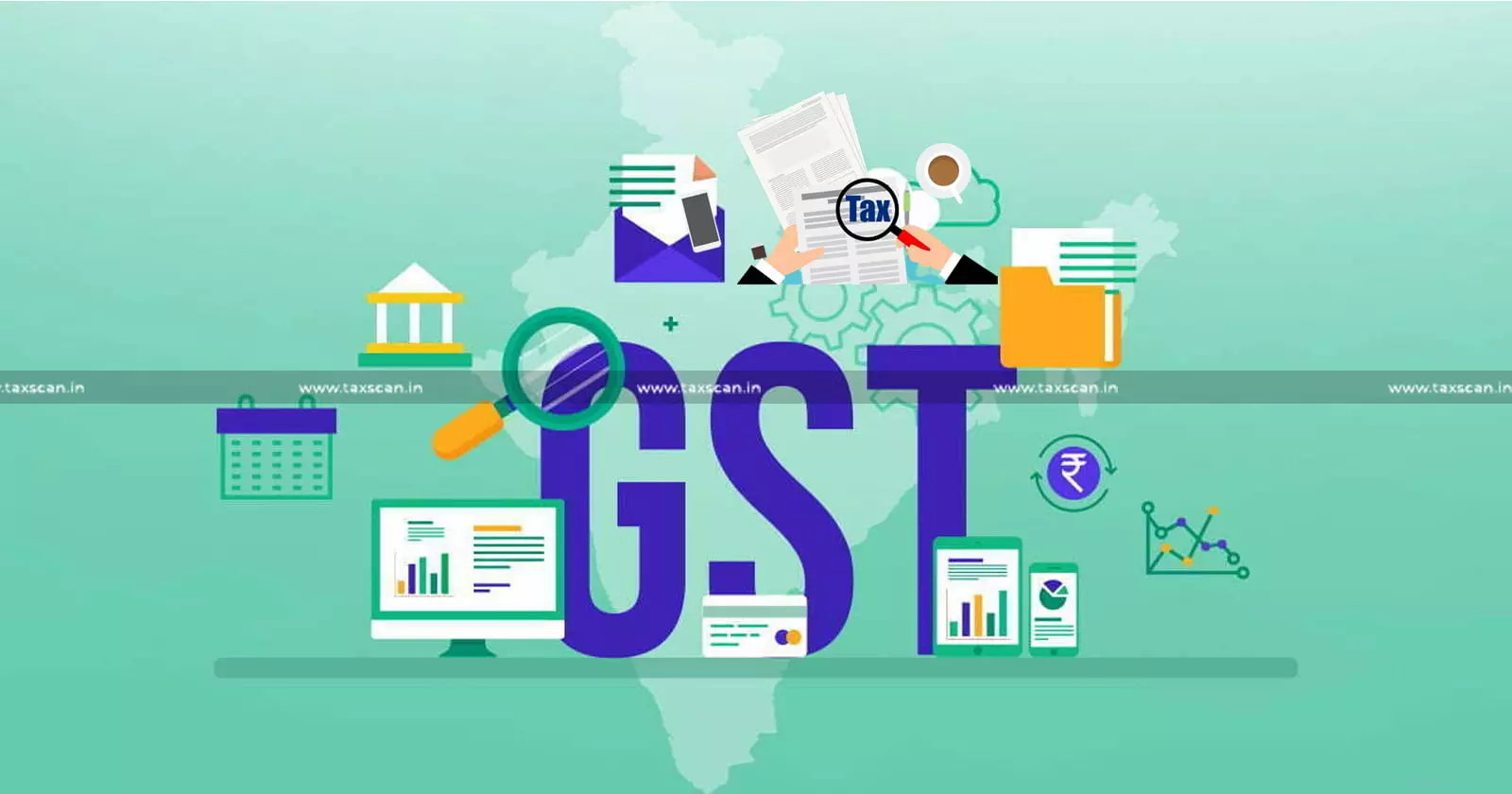GST 2.0 Unveiled: Council’s Landmark 56th Meeting Poised to Simplify India’s Tax Regime with Two-Tier System, Major Reforms
The timing of the 56th GST Council Meeting could hardly be more strategic. Just weeks ago, Prime Minister Modi alluded to “GST 2.0” in his Independence Day speech; a promise of double Diwali cheer delivered through lower rates and faster reforms.

Introduction The clock is ticking down to what could become one of the defining episodes in India’s tax reform journey: the 56th meeting of the Goods and Services Tax (GST) Council. Scheduled for September 3rd and 4th, 2025 in New Delhi, this two-day session comes with more weight and anticipation than any since GST’s monumental rollout in 2017. This isn’t business as usual, it’s the moment policymakers seek to deliver on the government’s promise of a GST revolution: a simpler two-slab structure, mass rationalization, and a renewed social contract for India’s economy.
Why does the 56th Meeting Matters? Since its inception, GST has been subject to intense debate, continuous calibration, and periodic growing pains. The current four-slab structure (5%, 12%, 18%, and 28%), meant as a compromise between states’ revenue needs and central efficiency has evolved, but complexity and disputes remain. The GST Council, composed of the Union Finance Minister and state counterparts, is the supreme policy forum guiding this experiment in cooperative federalism.
What distinguishes the 56th session? Above all else, the drive to drastically simplify India’s tax framework, aiming for two primary rates—5% and 18%—with a special 40% ‘sin and luxury goods’ provision, a move backed by both the Centre and a growing consensus among states. This council sits not just on procedural changes, but a tectonic policy shift that could impact every economic actor from the corner shop to manufacturing giants. Venue, Schedule, and Format This crucial gathering will be held in New Delhi, with meetings starting at 11:00 am on both September 3rd and 4th, 2025. The days preceding the main event will see officers’ sessions devoted to finalizing agenda and documentation, ensuring smooth deliberations between central and state GST authorities. Finance Minister Nirmala Sitharaman is expected to chair proceedings, with state finance ministers, senior revenue officials, and invited experts participating. Deliberations will be divided among plenary sessions, focused working groups, and one-on-one consultations reflecting the event’s high stakes and technical demands. The Agenda: Key Items on the Table 1. GST Rate Rationalisation – Toward Two Slabs
The defining item is the government’s proposal (supported by the Group of Ministers, GoM) to collapse four existing slabs (5%, 12%, 18%, 28%) into two main rates: 5% for “merit goods and services” (primarily essentials and items of mass consumption), and 18% for “standard” goods and services. Nearly all items in the old 12% slab are slated for the 5% bracket, while most in the 28% slab could shift to 18%. Extremely high-value or “sin” goods—such as ultra-luxury cars, pan masala, and select tobacco products—would attract a 40% rate and/or special cesses.
Why the Shift?
The current multi-tier system is widely seen as complex, distortionary, and a source of compliance headaches. Rationalisation would simplify compliance, reduce disputes, and make it easier for both businesses and consumers to calculate costs. Experts forecast this will not only improve “Ease of Doing Business,” but also bolster the GST’s credibility as a modern tax system—on par with the world’s best.
2. Fixing the ‘Inverted Duty Structure’
Certain sectors (notably textiles, footwear, paper, packaging) have long struggled with an “inverted duty structure,” where input taxes (on raw materials or imports) are higher than output taxes (on finished goods), leading to working capital blockages and expensive refunds. The Council’s agenda features targeted solutions to reduce these anomalies, expected to add significant liquidity and add momentum to the “Make in India” initiative.
3. Compensation Cess Sunset & New Levies
With the compensation cess which was imposed in 2017 to make up the state's GST revenue shortfall which is set to expire by March 2026, the Council faces a heated debate over how to support state finances. Proposals include new health and environmental cesses, and a framework for periodic review. This balancing act pitches states’ fiscal autonomy against the central government’s reform objectives.
4. Sectoral Reliefs & Clarifications
- Insurance, Health, and Life Premiums: The GoM is set to recommend GST exemptions (currently 18%) on health and life insurance premiums, a move likely to benefit over 60 million Indians but with notable fiscal implications (almost ₹9,700 crore per year cut in government revenue).
- E-commerce, Real Estate, and Drones: Past GST Council sessions have flagged inconsistent and unclear tax treatment for emerging sectors. Next week’s meeting is poised to issue clarifications, address platform economy challenges, and review compliance thresholds.
5. Compliance & Automation – GSTN 2.0
Driven by the need for efficiency, the meeting will discuss the roll-out of pre-filled returns, automated input tax credit (ITC) validation, and improved refund timelines. The goal: empower small businesses, widen the tax base, and reduce the friction of compliance.
Political, Economic, and Social Stakes
The timing of the 56th GST Council Meeting could hardly be more strategic. Just weeks ago, Prime Minister Modi alluded to “GST 2.0” in his Independence Day speech; a promise of double Diwali cheer delivered through lower rates and faster reforms. The reforms are positioned to deliver broad-based benefits:
- For Businesses: Simpler rates, reduced litigation, and lower compliance costs.
- For Consumers: Cheaper essentials, streamlined bills for insurance and services.
- For States: New compensation mechanisms, with fiscal space for regional priorities.
- For the Centre: Enhanced collections from a formalized, buoyant, and expanded tax base.
However, challenges remain—not least the risk of initial revenue “shock” for some states and the need to ensure that tax reductions are truly passed on to the end consumer.
Lessons from the Last Two Council Meetings
55th GST Council Meeting (December 2024)
- Marked delays in the Group of Ministers’ report on rate rationalisation, signaling deep divisions but also a serious commitment to consensus-building.
- Extended compensation cess for states until March 2026, mollifying concerns about immediate fiscal gaps.
- Redefined input and output tax relationships for key commodity sectors.
- Announced moves towards digital compliance and “GSTN 2.0”—including trials of pre-filled return systems.
54th GST Council Meeting (June 2024)
Challenges and Political Consensus
Rationalising rates is a technocratic ideal, but it demands tough trade-offs. States like Kerala, West Bengal, and Punjab have raised concerns about potential revenue shortfalls post-reform. The Centre, meanwhile, insists broader collections and reduced evasion will more than compensate in the medium run—and cites the simplification imperative.
The Council’s unique “one state, one vote” and three-fourths consensus rule means that no major reform can pass without significant support from across the political spectrum. Behind the scenes, negotiations are ongoing on issues such as:
- Mechanisms to monitor and safeguard state revenues during the transition.
- Trigger clauses for automatic rate reviews or sunset provisions for new cesses.
- Explicit guarantees or fiscal transfers for lagging states.
If consensus is reached, expect the first wave of structural changes to roll out before Diwali 2025, potentially marking a “double festival” for Indian taxpayers and businesses.
Economic Impact: Winners, Losers, and Ripple Effects
Who Stands to Gain?
- MSMEs and startups, exhausted by compliance headaches, will cheer the easier slabs and simpler input tax credits.
- Consumers, especially in the lower and middle-income brackets, will see cheaper FMCG goods and insurance premiums.
- Export-oriented and domestic manufacturers in the erstwhile “inverted duty” sectors should expect a shot in the arm.
- State governments dependent on high-tax luxury consumption may need more creative revenue mobilization.
- Segments producing or consuming “sin goods” (tobacco, pan masala, luxury cars) will face the sharpest tax increases.
- Any industry accustomed to “gaming” slab boundaries may have to adjust to a new, leaner tax landscape.
Potential Losers
Investors and Markets
A leaner, more transparent GST could boost India’s rankings in global indices, improve foreign investment flows, and fundamentally enhance business sentiment—if implementation is smooth and future rate volatility is contained.
What to Watch
Beyond consensus on rates and structures, expect fierce debate and possibly amendments on the following:
- Implementation Timeline & Phasing: Will the two-slab regime come into effect immediately or be rolled out in phases across sectors?
- State Revenue Safeguards: Conditional grants, formula-based assistance, or other creative fiscal solutions.
- Anti-Profiteering Framework: Ensuring businesses actually pass on rate benefits, enforced with new digital audit capabilities.
- Digital Reforms: The scale and speed of “GSTN 2.0”, including real-time matching of invoices and AI-driven compliance modules.
Conclusion With the 56th GST Council meeting looming, India stands on the threshold of a new era of indirect taxation. If successful, this reform will create a lean, modern GST regime and an economic milestone to launch India’s $5 trillion economy journey. But execution and cooperation remain the watchwords. As policymakers thrash out details in New Delhi, the nation,businesses, households, states, and the Centre, all awaits with bated breath.
Will GST 2.0 deliver the “double Diwali” promised by the Prime Minister? The coming days will reveal whether India can turn this ambitious agenda into a story of shared prosperity and administrative excellence.
Support our journalism by subscribing to Taxscan premium. Follow us on Telegram for quick updates


